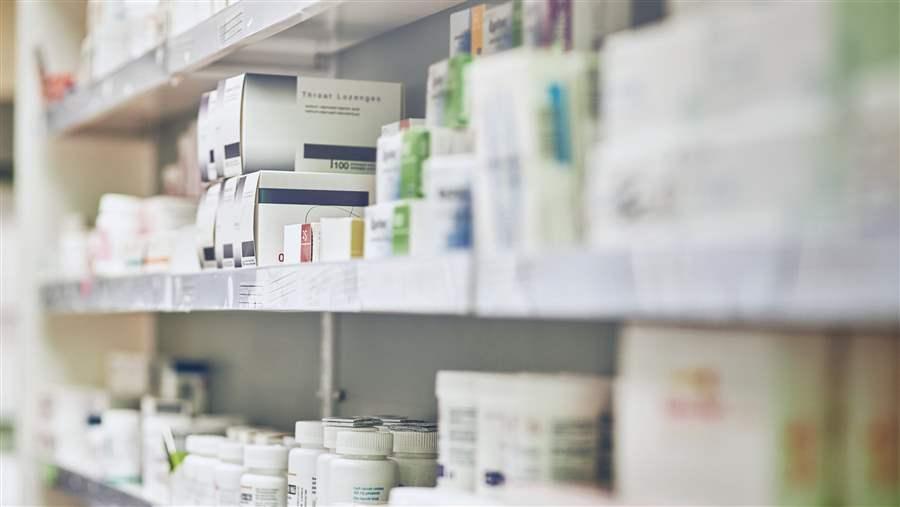The Latest on Drug Spending: Supreme Court Sides with Generic Manufacturers on Challenges to Brand Patents
A roundup of recent research and policy news
The high cost of medications for individuals and government programs continues to be a big story in the news. From efforts intended to illuminate drug prices at the pharmacy counter to course-changing court rulings, here are some recent developments in drug spending policy:
New York seeks rebates for cystic fibrosis drug. On April 26, New York state’s Drug Utilization Review Board voted unanimously to seek what are known as additional supplemental rebates from the manufacturer of a high cost cystic fibrosis drug. The board acted under a state law that allows the Department of Health to negotiate additional rebates for drugs when state spending on Medicaid exceeds an established cap. Were the drug manufacturer to agree to provide these supplemental rebates, the annual cost of treatment would drop from $272,900 to $83,200. That would produce potential savings to the state of about $42.4 million for 335 eligible Medicaid beneficiaries.
Supreme Court upholds administrative process for patent challenges. The U.S. Supreme Court recently upheld the constitutionality of a process for challenging patents at the U.S. Patent and Trademark Office (USPTO), rather than through the courts. Previously, generic drug manufacturers had only been allowed to challenge brand drug patents in court, which can require extensive resources. However, the USPTO inter partes review (IPR) process, created by the 2011 America Invents Act, offers manufacturers a faster, less-costly route to challenge patents. In a 7 to 2 decision, the Supreme Court held that privately held patents are still subject to challenges at the USPTO.
CVS rolls out pharmacy cost transparency tool. A new program from CVS allows pharmacists dispensing medications to see the cost of a drug based on a beneficiary’s plan design, as well as cost information and prescribing restrictions for 90-day versus 30-day fills or for therapeutic alternatives. Pharmacists can share this information with patients and work with physicians to identify lower-cost options. Similar programs from Optum and Express Scripts have resulted in providers and patients choosing a lower-cost therapy 15 to 20 percent of the time.
Price gouging law struck down in court. A Maryland law targeting generic manufacturers that engage in “unconscionable” price hikes was struck down by a federal appellate court in April. The court found that the law interfered with pricing outside of the state of Maryland and therefore violated the Constitution’s interstate commerce clause.
New drug spending estimates released. Health care analytics companyIQVIA (formerly IMS Health) recently published updated estimates of drug manufacturer revenue, showing that after rebates revenue increased 36 percent over the past decade. In 2017, this measure, again after rebates, was up 0.6 percent from 2016, largely because of factors such as brand price increases, generic price decreases, and less growth from newly launched products. This slower than anticipated growth is also partly attributable to lower spending on curative hepatitis C medicines launched in 2014 and 2015. Going forward, new brands and greater prescription volume are expected to boost drug manufacturer proceeds 2 to 5 percent annually over the next several years. While revenue from retail settings declined in 2017, it increased in nonretail settings, such as in hospitals or physician practices that administer drugs. See how these estimates compare with other publicly available estimates of drug expenditure in the U.S.
Sean Dickson is an officer and Amy Abadir is an associate with The Pew Charitable Trusts’ drug spending research initiative.












